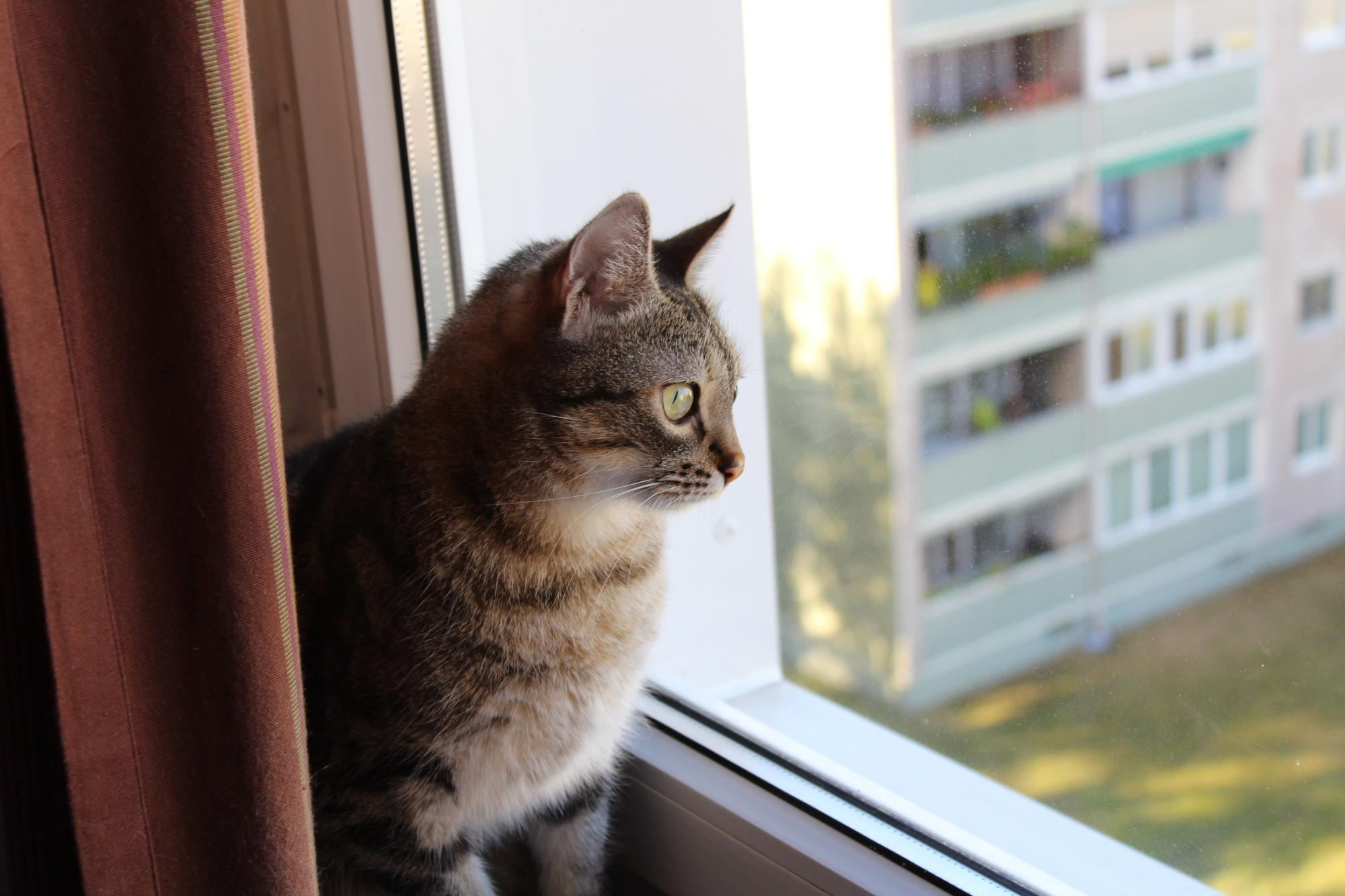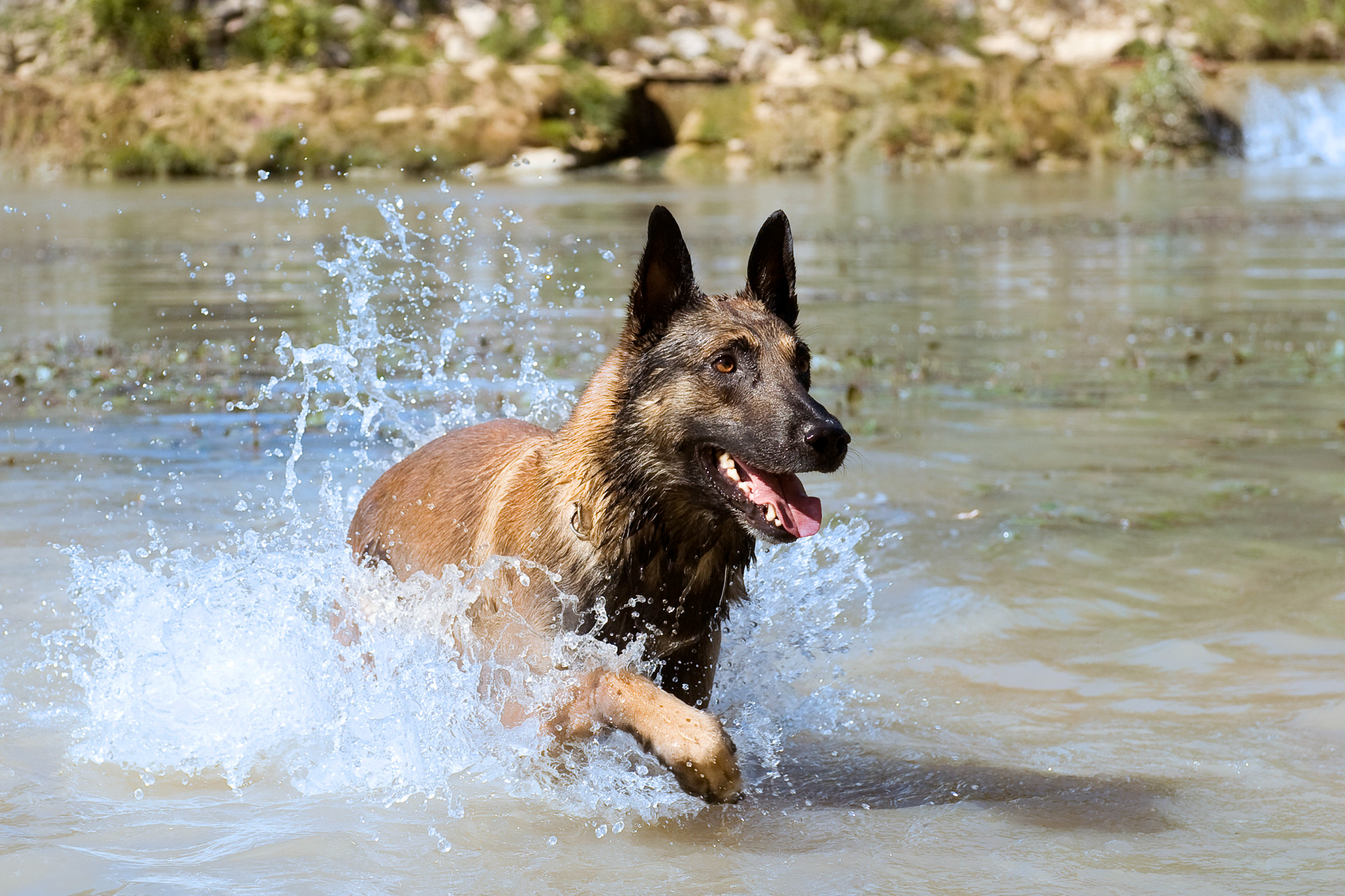As a pet owner, you’re probably well-aware of the importance of grooming your cat or dog. Not only does it help to keep your furry friend clean and good-looking, but it’s also a necessary part of maintaining their physical health and overall well-being.
Ideally, grooming should start while your pet is still young so they will be comfortable with the process. However, older pets that are unaccustomed to grooming can still be trained to tolerate and even enjoy grooming—it just takes time and patience.
However young or old your pet is, grooming is a big part of daily pet care. Check out these six grooming tips for cats and dogs.
1. Brush your pet’s fur and you’ll see many benefits
Brushing is a crucial part of grooming that’s good for all cats and dogs. However, it’s especially vital for long-haired breeds. Long-haired cats and dogs need the most brushing, as it can be more difficult for them to shed their excess fur naturally. Brushing the fur helps get rid of dandruff, dirt, and dead hair. And for cats, regular brushing decreases the number of hairballs your cat or kitten will cough up.
Brushing also prevents severe matting and tangles in the fur, which can lead to irritation if left unaddressed for too long. Regular fur brushing also stimulates the production of the fur’s natural oils, which gives the coat a healthy sheen.
Finally, careful and thorough brushing can help you identify abnormalities or possible problem areas on your cat or dog’s skin, such as dry patches, bald spots, fleas, ticks, and other parasites. By keeping an eye out while brushing your pet, you can help to prevent these issues from becoming serious.
2. Regular nail clipping doesn’t just protect your floors
While many people think of their hardwood floors and furniture when they think of their pet’s nails, there are more benefits to regular clipping than that. Regular clipping can prevent your pet from injuring themselves by snagging nails on carpets or wooden slats. It also lets animals get better traction on the ground beneath them, helping them to stay balanced.
Nail clipping can also help avoid ingrown nails from forming. Further, keeping your pet’s nails short will aid in protecting any other pets in your house, as well as the people your pets come into contact with.
3. Dental care prevents disease
Regular teeth brushing and oral care can help prevent periodontal disease and bad breath in your dog or cat. Your veterinarian can make recommendations for toothbrushes, toothpaste, and dental treats that are specifically made for animals and will protect them from serious diseases.
We recommend brushing your dog’s teeth as often as needed. In the case of both dogs and cats, you should ensure that your veterinarian performs annual dental checkups of your pet. This will help ensure that no dental issues are forming and you can get a headstart on treating any potential issues.
4. Trim hair around the eyes
In some breeds of cats and dogs, the hairs that surround their eyes might become overgrown. If they’re not trimmed back promptly enough, these can cause discomfort, irritation, or even infection to your pet’s eyes.
We recommend trimming the hair around your pet’s eyes as often as needed and also taking this time to inspect the eyes themselves. For cats and dogs alike, healthy eyes should appear bright and clear. If you notice any cloudiness, redness, discolouration, unusual discharge, or anything else out of the ordinary happening in their eyes, we recommend taking them to your veterinarian as soon as possible.
5. Regular ear inspections are vital
In healthy cats and dogs, ears will be clean and free from any unusual or unpleasant odours. If you see anything that could indicate an infection or an infestation of parasites in your cat or dog’s ear(s), take them to a veterinarian right away. Some breeds are more prone to having ear infections and parasites so it pays to check this regularly.
Even if you don’t notice anything out of the ordinary with your pet’s ears, be sure that your veterinarian is regularly inspecting both your pet’s outer and inner ears for signs of any issues.
6. Know how often to bathe your pet
Cats and dogs shouldn’t be bathed too often, in order to avoid stripping their skin of the natural oils that are instrumental in preventing dry and itchy patches under the fur. If you’re not sure how often your pet should be bathed, your veterinarian will be able to give advice based on your specific pet’s breed, age, health conditions, and more.
Fur that is greasy or oily is generally a sign that a bath is needed. Naturally, your pet should be thoroughly cleaned any time your pet gets extra dirty. It’s also crucial that you use a shampoo that is specially formulated for cats or dogs, as products intended for humans or the wrong kind of animal are very harmful to your pet. Your veterinarian can give you some recommendations on shampoo and other products to use when bathing your pet.
Most basic grooming can be easily done at home with a bit of knowledge and practice. On the other hand, there are likely expert groomers in your area that can help ensure the job is done right. If you decide to groom your pet at home, ensure that you always use the right tools and products that are specially made for dogs and cats, as recommended by your veterinarian.
Creative Commons Attribution: Permission is granted to repost this article in its entirety with credit to Hastings Veterinary Hospital and a clickable link back to this page.






